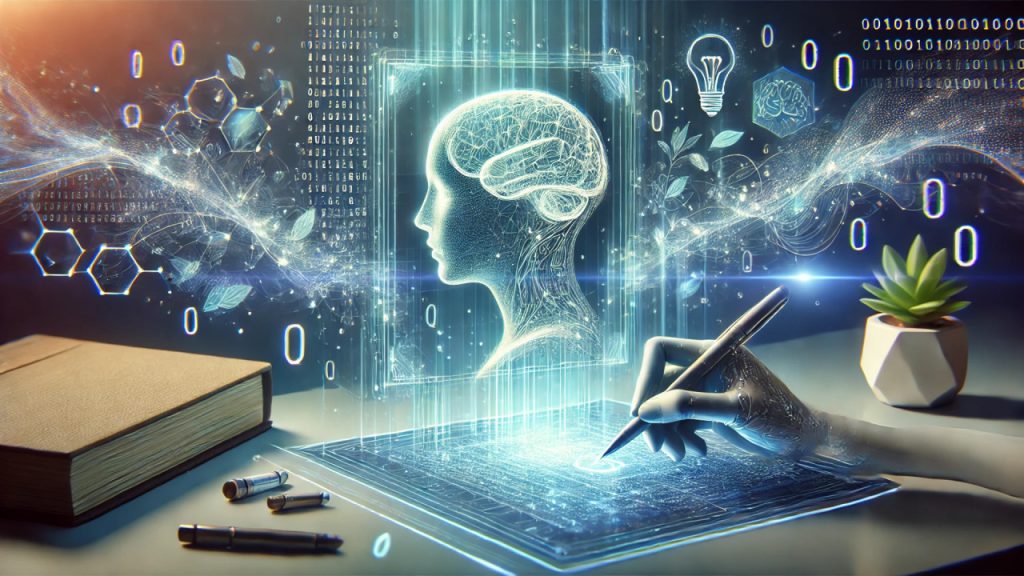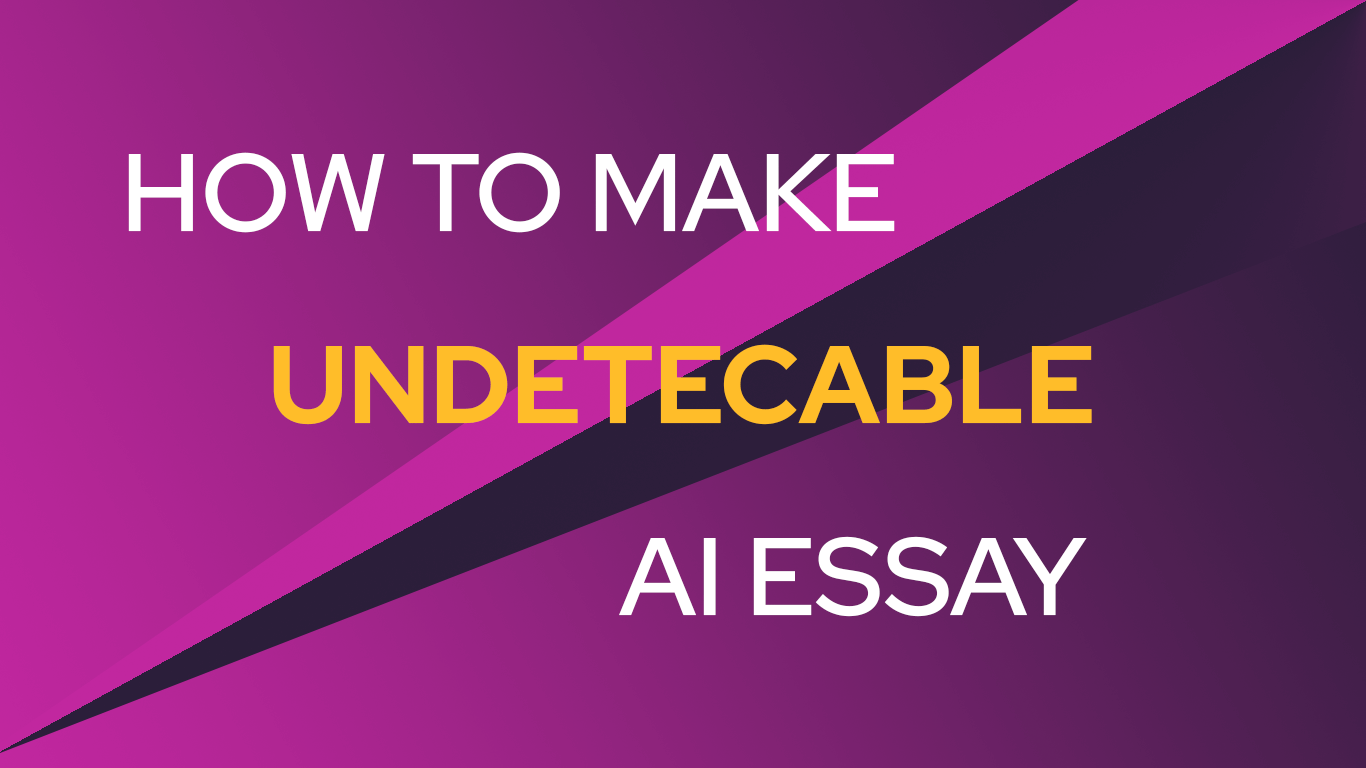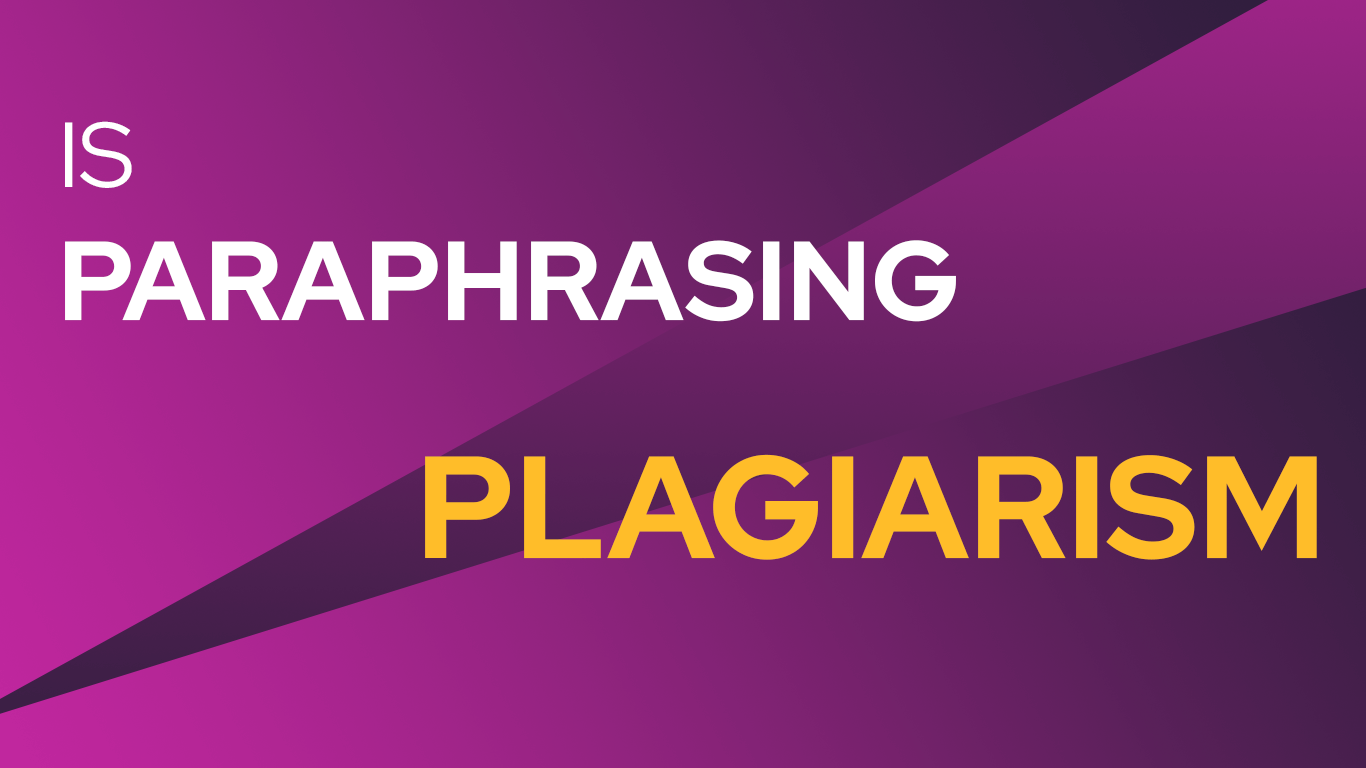As AI tools such as ChatGPT become increasingly common in educational and professional settings, students and writers alike are exploring ways to use AI-generated text while ensuring it’s indistinguishable from human writing. These AI writing tools, which streamline the writing process, make it possible to generate essays, reports, and articles quickly, helping students save time and improve productivity. However, with the rise of advanced AI detection tools, students now face potential scrutiny over AI-generated text, risking accusations of academic dishonesty. This guide explores how AI detection works, details strategies for “humanizing” AI-generated content, and explains how Undetectable AI tools like Netus AI can aid in this process to create undetectable, natural-sounding text.
How Do AI Detectors Work For Essays?
AI detection tools, such as GPTZero, Copyleaks, and Turnitin’s AI-detection software, have emerged in response to the widespread use of AI writing tools. These detectors identify specific patterns characteristic of AI-generated content to determine whether a piece of text was written by a human or an AI. Most AI writing systems generate text by predicting words that logically follow one another, often producing sentences with consistent structure, repetitive language, and a lack of natural errors. Detectors analyze these factors, as well as overall tone, complexity, and sentence variety, to flag text that appears overly uniform or lacks stylistic variation.
However, AI detectors are not perfect and often produce false positives, flagging human-written text as AI-generated. This issue can be stressful for students, as illustrated by the experiences of many who have had original work falsely flagged. For example, one student shared, “I submitted a completely human-written essay, but it came back partially flagged as AI-generated. I had to defend my work, even though I knew I wrote it.” This problem underscores the challenges of using AI detectors accurately and the need for students to understand how to adjust AI-generated content to avoid detection issues.
Strategies to Make AI-Essay Writing Undetectable
Successfully using AI tools while avoiding detection involves techniques that make AI-generated text appear more natural and individualized. Here are the most effective strategies to achieve this.
- Humanize the AI-Generated Text
One of the simplest ways to make AI-generated text more human-like is to adjust its sentence structure, tone, and content style. AI-generated text often has identifiable patterns that can easily be edited to sound more natural. Some methods to consider include:
- Vary Sentence Structure: AI often produces content with a repetitive sentence structure, lacking the rhythm and flow of human writing. Varying sentence lengths and types—using a blend of simple, compound, and complex sentences—helps create a more dynamic and less predictable style. For example, instead of consistently using sentences with straightforward subjects and verbs, try interspersing shorter statements and longer explanations to add variety.
- Include Personal Reflections or Anecdotes: AI-generated text can sound detached or impersonal, so adding personal insights or reflections creates a unique, human touch. When discussing general information, try framing it within personal opinions or anecdotes. This can be as simple as adding statements like, “In my experience, this approach…” or “I found that…” which also makes the text more relatable.
- Use Informal Language and Contractions: AI tends to produce overly formal text, especially in academic writing. Introducing contractions (e.g., “don’t” instead of “do not”) and colloquial expressions adds a conversational quality. For instance, instead of saying, “One must utilize all available resources,” rephrase it to “You should make the most of all your resources.”
- Utilize Netus AI for Paraphrasing and Refinement
Netus AI is a valuable tool for students looking to humanize their AI-generated text. By allowing users to rephrase entire sections of their writing with a click, Netus AI effectively creates subtle variations in sentence structure and replaces vocabulary often flagged by detectors. Netus AI’s one-click paraphrasing option offers several benefits:
- Enhanced Readability: Netus AI rephrases sentences to appear more fluid and less formulaic, improving overall readability.
- Improved Naturalness: By introducing variations and removing frequently flagged words, Netus AI helps students achieve a more human-like tone in their work.
- Reduced Detection Risk: With an optimized paraphrasing feature, Netus AI changes flagged phrases, reducing the chance of detection by AI-detection software.
For students, Netus AI provides an efficient way to adjust AI-generated text without needing extensive manual editing. This allows for fast, subtle modifications that make the content less predictable, thus minimizing detection risk.
- Document Your Writing Process
Demonstrating the authenticity of your work can be helpful if you ever need to prove your authorship. Documenting the writing process can serve as evidence that your essay or report evolved over time, rather than appearing as a completed piece all at once. Here are some effective ways to document your writing process:
- Track Changes Using Google Docs or Microsoft Word: These platforms allow you to monitor every edit, providing a clear history of the drafting and revising process. This can show that the text underwent multiple rounds of review and revision, which is unlikely if the work were purely AI-generated.
- Save Drafts at Regular Intervals: Saving your work frequently in Google Docs or another cloud-based tool creates a timeline of your writing. Each saved version acts as a milestone, illustrating the progression of your ideas and helping establish proof of authorship.
- Take Screenshots of Progress: In addition to document changes, taking screenshots of specific drafts can provide added visual proof of your work’s development. This is a simple step but can be reassuring if questions about authorship arise.
- Avoid Common “AI” Language and Tone
AI-generated content frequently uses formal language and certain vocabulary choices that tend to raise red flags for detectors. Editing these elements can help your text appear more human. For example, terms like “facilitate,” “enhance,” or “implement” are often overused in AI-generated essays. Replacing these with more conversational alternatives such as “help,” “improve,” or “use” can make your text sound more genuine and less machine-like.
Similarly, adjusting the overall tone by avoiding unnecessary formality is beneficial. Instead of saying “It is imperative that students complete assignments on time,” try “Students need to complete assignments on time.” This subtle change reduces the robotic nature of AI-generated text, making it read more naturally.

Why AI Detectors Are Not Foolproof For AI Essay
Despite advancements in AI detection, these tools are not infallible and often produce false positives. Several factors contribute to the limitations of AI detectors, making it essential for students and educators to understand their drawbacks.
- Training Data Limitations: AI detectors use a mix of human and AI-generated text to learn and predict. However, since high-quality human writing can resemble AI-generated content, these models may mistakenly flag advanced human writing as machine-produced. If an essay is well-organized and uses complex language, it may be wrongly labeled as AI, creating challenges for students who submit high-quality work.
- Reliance on Probabilistic Scores: Many detection tools offer a percentage likelihood that text is AI-generated rather than a definitive answer. This reliance on probability can create uncertainty, as minor stylistic choices or vocabulary shifts may lead to fluctuating scores. For instance, students with a formal writing style might find their work flagged simply due to their word choice, despite having written it independently.
- Sensitivity to Certain Words and Phrasing: Detection software often flags specific phrases common in academic writing, such as “facilitate,” “optimize,” or “execute.” This can be particularly challenging for students writing on technical subjects, where such vocabulary is standard.
Long-Term Strategies for Integrating AI-Essay Writing
AI technology is here to stay, and students who understand how to use it responsibly can make it an invaluable tool in their academic journey. Below are long-term strategies for effectively integrating AI-assisted writing without detection risks.
- Develop a Unique Writing Style
Establishing a unique writing style can help reduce the detectability of AI-generated content. By consistently using certain stylistic preferences, such as a preference for specific punctuation or sentence length, you create a personal “signature” that detection tools may find harder to flag. Over time, this habit can make AI-assisted work seamlessly blend with your natural writing style.
- Use AI as a Supplement, Not a Substitute
AI tools like Netus AI are most effective when used to complement, not replace, a student’s writing. Instead of generating entire essays, consider using AI for outlining, brainstorming, or generating ideas that you can later expand upon. This approach minimizes detection risks and allows you to maintain control over the final content, ensuring it reflects your voice and thought process.
- Regularly Evaluate Detection Risks
As AI detection technology advances, staying informed about updates is essential. Regularly checking your AI-assisted content against popular detection tools can help you understand any evolving patterns and avoid common flags. Netus AI users, for instance, can assess their text within Netus itself, making it easier to gauge detectability without additional software.

Making AI-Essay Undetectable
Navigating the integration of AI writing tools in academic settings requires responsibility and attention to detail. Below is a summary of best practices for students who want to ensure their AI-assisted writing appears natural and remains undetectable:
- Humanize the Text: Add personal insights, vary sentence structures, and use conversational language.
- Leverage Netus AI: Use its paraphrasing and refinement tools to create a smoother, more natural flow in your text.
- Document Your Process: Save drafts, track changes, and consider taking screenshots to establish a record of your writing progress.
- Avoid AI-Specific Vocabulary: Replace overly formal or commonly flagged words with simpler, more natural language.
- Adapt AI Tools as Supplementary Resources: Use AI to enhance your writing, not to fully create it, to maintain a unique voice and style.
Future Implications and Predictions for AI-Assisted Writing
AI detection and writing technologies are both advancing rapidly, which suggests that students and educators will need to continually adapt. In the coming years, AI detectors may improve in accuracy, potentially reducing false positives and allowing for better differentiation between AI and human content. At the same time, AI writing tools will likely become more sophisticated, offering even more ways to humanize and customize generated text.
While detection and writing tools will undoubtedly become more refined, students will benefit most by developing strong foundational skills that combine AI capabilities with human oversight. Mastering these tools responsibly will enable students to make the most of AI technology, using it as a valuable resource rather than a liability.
Related Posts
Through digital leadership we empower people to leverage the opportunities in global economy




